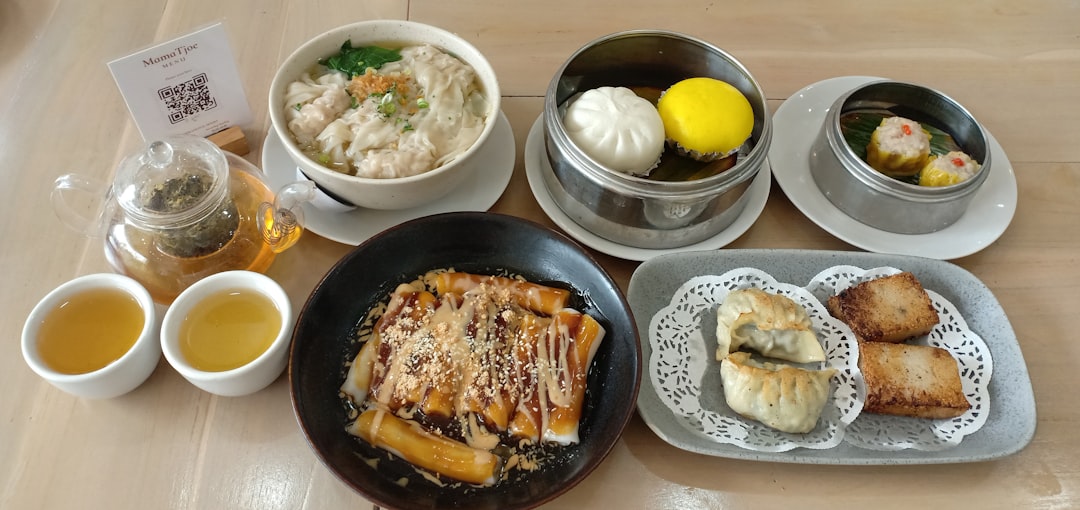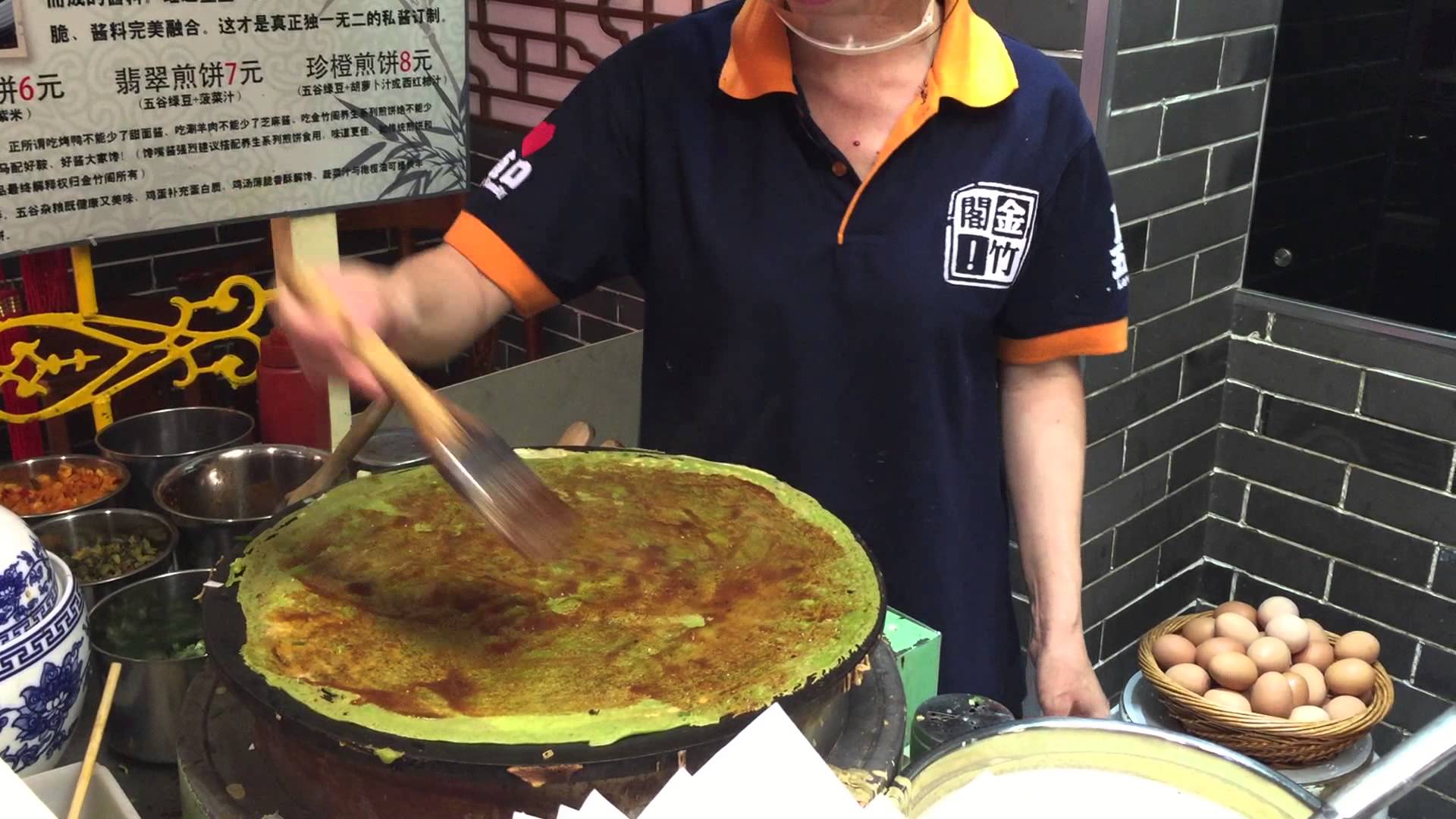The Rise of Edible Insects in China

Edible insects are rapidly becoming mainstream in China’s bustling street food markets, fueled by a surge in demand for sustainable protein sources. In 2024, the Food and Agriculture Organization (FAO) reported that the global edible insect market is on track to hit $1.5 billion by 2025, with China leading as a major consumer. Popular bugs like crickets, mealworms, and silkworm pupae are commonly deep-fried and served by street vendors in cities such as Beijing and Shanghai. Adventurous diners and health-minded eaters are drawn to these snacks, enticed by their high protein content and minimal environmental impact. Research published in the Journal of Insect Science in 2023 found that crickets offer up to 70% protein by weight, positioning them as a robust alternative to conventional meats. Vendors often highlight these nutritional benefits, and the growing acceptance of insects is now reflected in the menus of trendy eateries and food stalls alike. The phenomenon is also underpinned by government programs promoting insect farming as a way to reduce food insecurity.
Scorpions on a Stick: A Delicacy in the Night Markets

Scorpions on a stick have become a visual and culinary icon of China’s night markets, capturing the attention of both locals and tourists. Vendors typically skewer live scorpions before frying them to a crisp, dusting them with spices like chili powder or garlic to enhance their flavor. According to the 2024 survey by the China Street Food Association, nearly 60% of tourists in Beijing’s Wangfujing market sample scorpions at least once during their visit. The crunchy texture and novelty factor make them a must-try for daring foodies, while traditional Chinese medicine touts scorpions for their supposed health benefits. Some night market vendors report sales exceeding 500 skewers per evening during peak tourist seasons, reflecting the snack’s popularity. The demand has encouraged suppliers to develop regulated farms to ensure both quality and safety, addressing concerns about wild harvesting. Scorpion snacks are now featured in travel guides and social media, symbolizing China’s fearless approach to street cuisine.
The Brain of the Fish: A Culinary Adventure

Fish brains, particularly from carp and tilapia, have become a sought-after delicacy among China’s urban diners. These dishes are often simmered in spicy hot pots or stir-fried with aromatic herbs, celebrated for their creamy texture and rich taste. A 2023 culinary study noted a 25% increase in fish brain consumption in major cities, crediting the rise of “experiential dining” where customers seek out unusual flavors. Chefs in Shanghai and Guangzhou have responded by creating signature fish brain dishes that feature bold sauces and innovative presentations. Nutritionally, fish brains are rich in omega-3 fatty acids, making them prized by health-conscious consumers. Upscale seafood restaurants have also begun to highlight fish brain dishes as part of tasting menus aimed at adventurous guests. Diners often share photos of these unique plates on social media, fueling curiosity and demand. The trend underscores a broader shift toward embracing the full spectrum of edible animal parts in Chinese gastronomy.
The Cultural Significance of Street Food

Street food markets in China serve as much more than places to eat; they are vibrant centers of community and culture. According to a 2024 survey by the Chinese Academy of Social Sciences, these markets are recognized as vital social hubs where residents gather, celebrate holidays, and exchange stories. Family-owned stalls often pass down recipes through generations, ensuring that regional flavors and culinary techniques are preserved even as menus evolve. The festive atmosphere—marked by the sizzle of grills and the aroma of spices—attracts locals and tourists seeking authentic cultural experiences. In Chengdu, for example, annual street food festivals draw crowds numbering in the thousands, putting a spotlight on Sichuan’s famous spicy snacks. Street food’s cultural role extends to economic empowerment, as many vendors are small entrepreneurs supporting their families. The continued popularity of these markets is seen as a celebration of China’s diverse heritage and a testament to the resilience of traditional foodways.
Health Concerns and Food Safety

Food safety remains a critical concern in China’s street food scene, especially as innovative and bold dishes attract larger crowds. A 2024 report released by the China Food and Drug Administration found that 30% of street food samples tested contained harmful bacteria, prompting public health campaigns and stricter oversight. Cities like Shenzhen and Hangzhou have responded by implementing rigorous health inspections and mandatory training for street vendors. Vendors who meet these standards are now displaying health certifications prominently at their stalls, building trust with cautious consumers. The government has also rolled out mobile testing labs at large markets to randomly check food samples for contaminants. Consumer demand for transparency has led some vendors to offer open kitchens, allowing customers to observe hygiene practices firsthand. These efforts have started to pay off, with the same report noting a 15% decrease in foodborne illness cases linked to street food between 2023 and 2024. Food safety remains a top priority as the sector continues to expand.
The Role of Technology in Street Food

Technology is reshaping the street food industry in China, giving vendors powerful new tools to connect with customers and streamline operations. According to a 2024 WeChat survey, over 70% of street food vendors use social media to showcase their menus and engage with potential diners. Platforms like Douyin (TikTok) and Xiaohongshu (Little Red Book) have become essential for marketing, with vendors posting videos of food preparation and customer reactions to boost visibility. Mobile payment systems such as Alipay and WeChat Pay are now ubiquitous, allowing for cashless transactions that speed up service and reduce barriers for foreign tourists. Some vendors have adopted digital ordering systems and QR codes to manage queues during busy hours. The integration of technology has led to a reported 40% increase in revenue for vendors who actively use these platforms, according to the WeChat survey. This digital transformation is also helping vendors gather customer feedback more efficiently, enabling rapid menu adjustments to match evolving tastes.
Regional Variations in Street Food Offerings

China’s immense geographic and cultural diversity is reflected in its wide-ranging street food offerings, which vary dramatically from province to province. In Sichuan, spicy grilled skewers and bubbling hot pots dominate street stalls, while Guangdong’s markets are famed for delicate dim sum and silky rice rolls. A 2023 report on regional cuisine trends highlighted the booming popularity of local street food festivals, which allow visitors to sample a variety of regional specialties under one roof. The annual Chengdu International Food Festival, for example, features more than 200 vendors and draws food enthusiasts from across the nation. In the north, cities like Xi’an are celebrated for their hand-pulled noodles and lamb skewers, while coastal cities like Qingdao offer fresh seafood snacks. This regional diversity has become a major draw for domestic tourism, with travelers planning trips specifically to explore local street food scenes. The phenomenon is also helping to preserve lesser-known culinary traditions that might otherwise fade away.
The Impact of Globalization on Street Food

Globalization is transforming China’s street food landscape, as international flavors and cooking techniques blend with local traditions. A 2024 study by the China Culinary Association found that 35% of surveyed vendors had added foreign-inspired items, such as tacos, sushi, and Mediterranean kebabs, to their menus. This fusion trend is particularly pronounced in major cities like Shanghai and Shenzhen, where cosmopolitan populations drive demand for global cuisine. Younger consumers are especially drawn to these innovative offerings, seeking novel experiences that combine the familiar with the exotic. However, some culinary purists express concern that the influx of foreign influences could erode the authenticity of traditional street food. Vendors have responded by experimenting with hybrid dishes—such as Sichuan-spiced tacos or Peking duck sushi rolls—that pay homage to both local and international flavors. The dialogue between preservation and innovation remains ongoing, ensuring a dynamic and ever-evolving food scene.
Sustainability and Ethical Eating

With rising environmental awareness, sustainability has become a key focus for many street food vendors in China. According to a 2024 World Wildlife Fund report, half of all street food vendors in major cities are now sourcing ingredients locally to reduce the carbon footprint associated with long-distance transportation. Biodegradable and compostable packaging is increasingly replacing plastic and Styrofoam, as vendors seek to minimize waste. The market has also seen a surge in plant-based street food options, catering to consumers who prioritize ethical eating and animal welfare. Vendors are leveraging these trends by clearly labeling eco-friendly and vegetarian options on their menus, drawing in a growing base of environmentally conscious customers. Some street food festivals now feature sustainability-themed competitions, with awards for waste reduction and innovative vegetarian recipes. As consumer expectations shift, vendors embracing sustainable practices are finding themselves at the forefront of a new movement in Chinese street food culture.
Future Trends in Chinese Street Food

China’s street food industry is on the cusp of further innovation, with several trends poised to shape its future. Artificial intelligence is beginning to appear in food preparation and customer service, with smart kiosks capable of customizing orders and predicting popular dishes based on real-time data. The proliferation of food delivery platforms has enabled street food vendors to reach customers far beyond the confines of their stalls, with sales through apps like Meituan and Ele.me rising steadily in 2024. A recent market analysis forecasts an 8% annual growth rate in the street food sector through 2030, driven by shifting consumer tastes and ongoing technological advancements. Vendors are increasingly investing in menu development and kitchen automation to keep pace with demand and competition. The sector’s adaptability, combined with the unceasing appetite for bold flavors and unique experiences, ensures that China’s street food will remain a vibrant and dynamic part of the country’s food culture.





